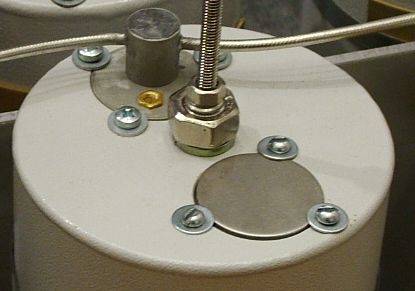 .....
.....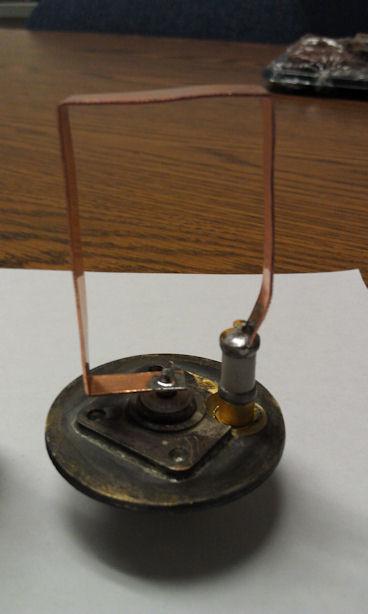
Note: No connectors, hardwired and Gold trimmer.
1) The single connector series loop and trimmer to GND type.
2) The two connector, couple a bit of energy between the coupling loops
with either L or C.
3) The two connector, couple some energy magnetically between loops.
4) The two connector, parallel resonant circuit between connectors.
5) The single connector capacitor divider, with either L or C in the GND side.
As in the 2" heliax duplexer for 6m.
AND, the aperture coupled Band Pass UHF cavities as in the image
Ant_T_IMG_3734b.jpg.
 .....
.....
Note: No connectors, hardwired and Gold trimmer.
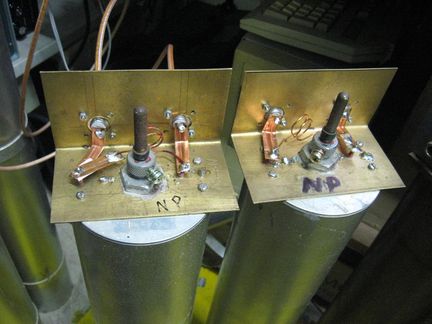 Note phase swap of LHS loop, makes for larger L.
Note phase swap of LHS loop, makes for larger L.
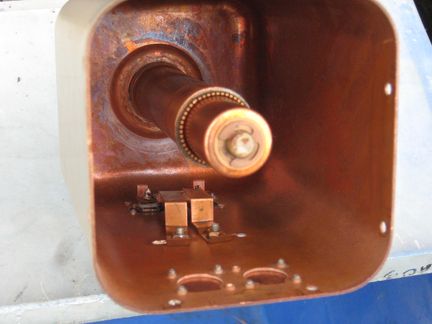 Magnetic coupling.
Magnetic coupling.
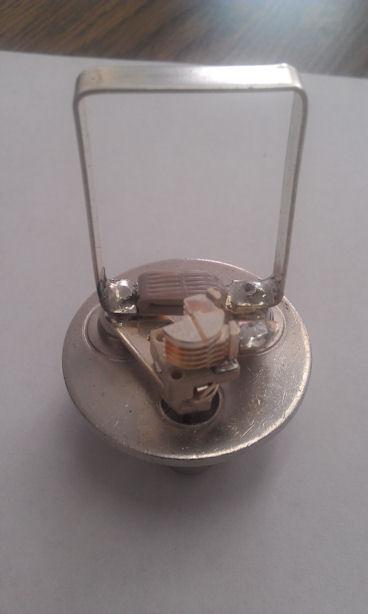 Two connectors parallel resonant circuit between.
Two connectors parallel resonant circuit between.
A 1972 article on 2" heliax as resonators for 6m
At the notch frequency, types 1 and 5 (above) present a Very Low impedance thus back at the antenna "T" where we need a High impedance as the energy at this frequency is to go straight past, we can use a quarter wavelength line to achieve this.
Type 4 presents a High impedance at the notch frequency so half wave lines are
used to the Antenna "T".
Types 2 and 3 and the Band Pass cavities present a High VSWR but neither High or
Low impedance exactly, this is where it gets hard. A Vector Network Analyser is a great tool here but I doubt they had one back in the 1960s. Instead, General Radio Inc. made a constant impedance adjustable line. Adjusts 20cm and they would
have used other known lengths of coax to calibrate it.
The LHS of my picture Ant_T_IMG_3734b.jpg has an extra half wave of hard-line to
get the lengths right (as best I could).
So, now you know why some of the coax lengths are not quite quarter wave or half
wave. Particularly where the Rx and Tx chains join, the Antenna T.
Some examples of home-made (type 4) coupling loops for 6" RFS or AEA cavities.
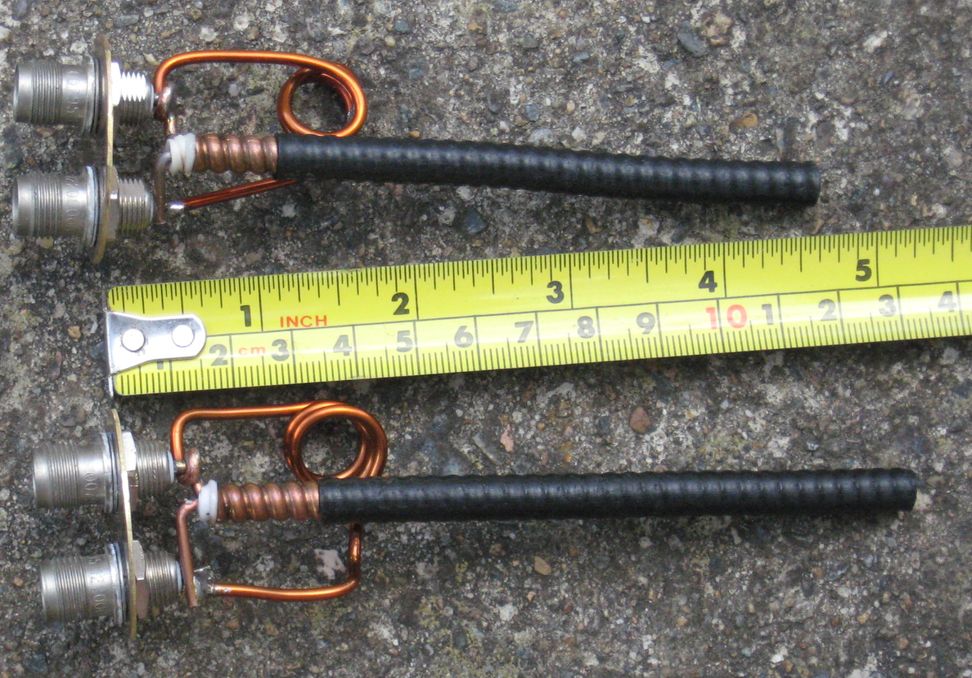 IMG_3733b.jpg
IMG_3733b.jpg
I've made up the loops, set them up for 146.9MHz pass and 146.9 notch, make up all the 1/4 and 1/2 wave patch leads, connect it all up, this chain works, a treat. But, the other set, individually look good but together, the pass is a double hump and 6db down. What do I do?? I tried putting a bandpass cavity between the two BP-BR cavitiies, no effect. I tried a 5db pad from the VNA, no effect.
OK then, how identical are my two loops? 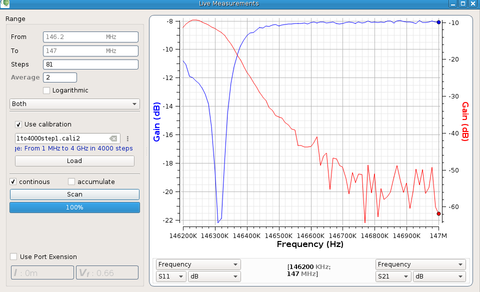
a) A 1972 article on 2" heliax as resonators for 6m
b) A 1965 IEEE article by Phelps Dodge
c) A general article by EMR Corp
d) A 2010 article by Sinclair
e) Where the loop cannot be rotated...VE2AZX
f) Motorola T1500 UHF series, with internal pictures.
g) TX-RX Coupling Loop Project on the Repeater Builder website but no followup, a full duplexer build.
h)
andrew-about-rf-communications.pdf
Section 4, a general article.
Alan VK2ZIW